- You have no items in your shopping cart
- Continue Shopping
Lantus (100iu/ml) Slow-Acting Insulin
$225.00
Lantus is Sanofi’s brand of insulin glargine, a long-acting insulin analogue. It provides steady, peakless basal insulin coverage for up to 24 hours. Clinically, it is prescribed for type 1 and type 2 diabetes as the background insulin in basal-bolus regimens.
Main Clinical Uses
Provides background insulin coverage in type 1 diabetes (basal-bolus therapy)
Used in type 2 diabetes when oral medications are insufficient
Combined with rapid-acting insulins for full 24-hour coverage
Main Bodybuilding Use
In bodybuilding, Lantus can be used as a basal insulin during bulking to provide a steady, anabolic environment that enhances nutrient shuttling and glycogen storage. Its flat action reduces hypoglycemia risk compared to NPH, but requires disciplined carb intake across meals to match insulin activity.
Availability: In stock
How It Works
Lantus is engineered to dissolve slowly after subcutaneous injection, releasing insulin consistently over the day. Unlike rapid-acting insulins, it does not have a peak, mimicking the body’s natural basal insulin secretion.
Onset • Peak • Duration (typical)
-
Onset: 1–2 hours
-
Peak: None (steady release)
-
Duration: 20–24 hours
Formulations & concentration
-
U-100 in vials and SoloStar pens
Storage & handling (general guidance)
-
Unopened: Refrigerate 2–8°C until expiration; do not freeze
-
Opened/after first use: Stable at room temperature for up to 28 days; follow product instructions
-
Protect from heat and sunlight
Common side effects & safety
-
Hypoglycemia — primary risk
-
Weight gain possible
-
Injection site irritation or lipohypertrophy
-
Rare systemic allergic reactions
Drug interactions & precautions
-
Dose adjustments may be needed for illness, diet, or activity changes
-
Other glucose-lowering medications increase hypoglycemia risk
-
Always titrate under medical supervision
Practical notes
-
Consistency is critical: inject at the same time daily
-
Cannot be mixed with other insulins in the same syringe
-
Not suitable for rapid correction of high glucose

Positive and Negative Side Effects
Positive Side Effects
-
Steady basal insulin coverage without peaks
-
Reduces nocturnal hypoglycemia risk
-
Once-daily dosing improves adherence
-
Predictable pharmacokinetics for tighter glucose control
Negative Side Effects
-
Risk of hypoglycemia with inconsistent meals or activity
-
Possible weight gain
-
Local injection site irritation or lipohypertrophy
-
Requires careful titration and monitoring
Product Disclaimer
We always suggest to do your own research before making a decision on which formulas are best for you. Listening to others may put you in danger, and we always recommend for newcomers to make themselves informed of all the benefits, and side effects.


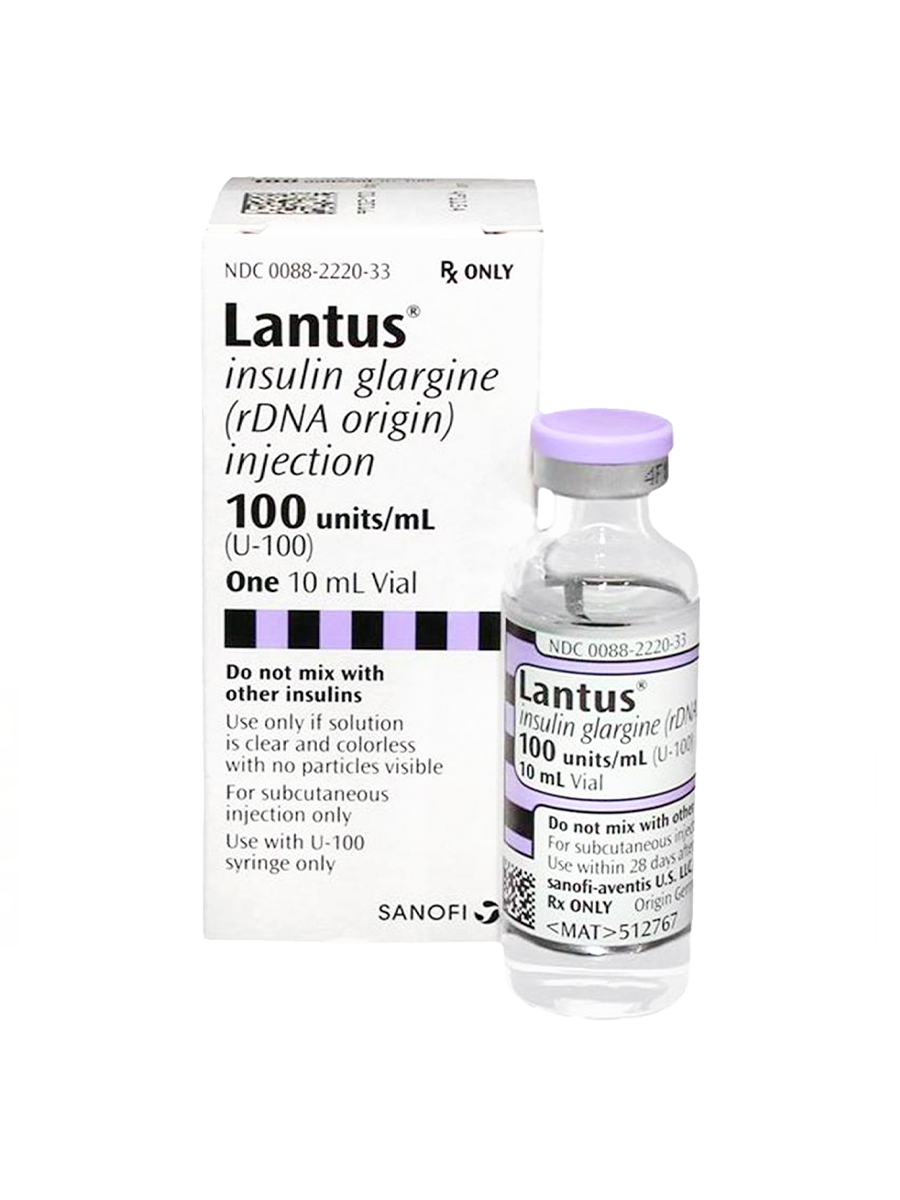
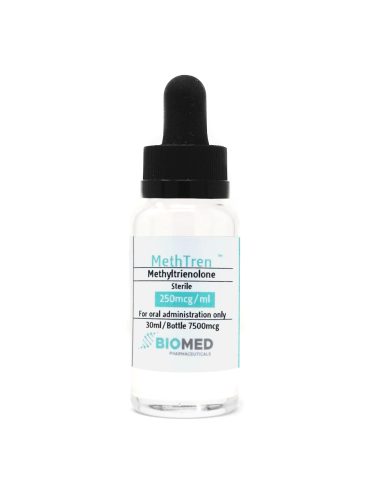
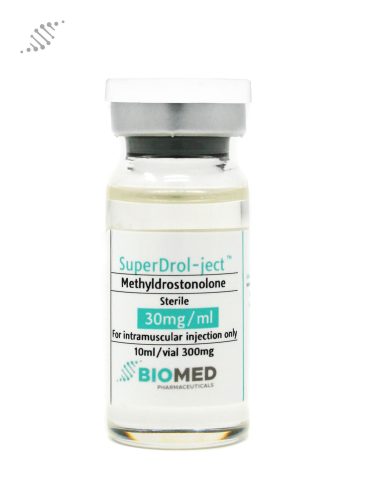
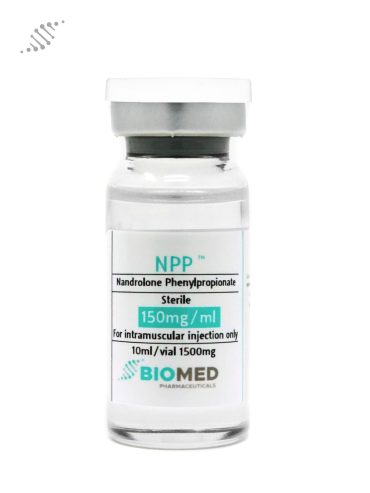

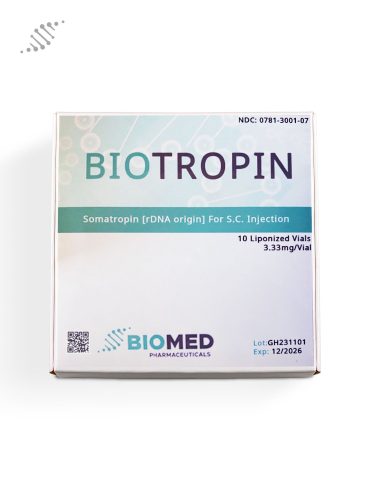

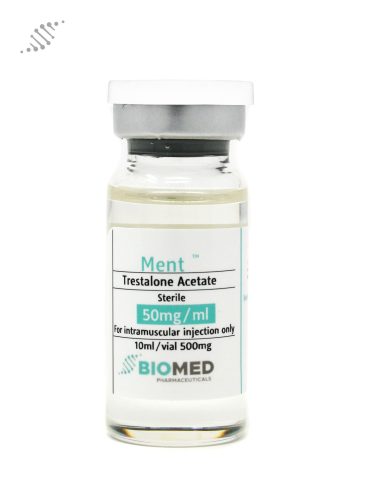
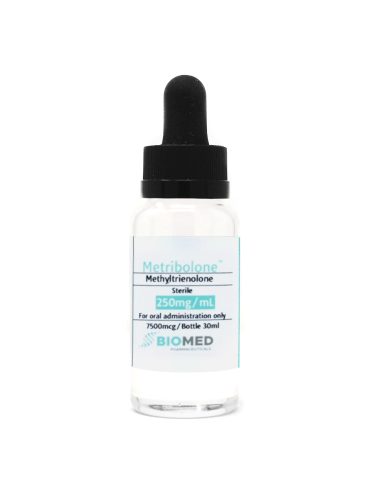
Customer reviews
Reviews
There are no reviews yet.
Write a customer review